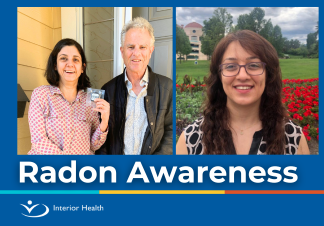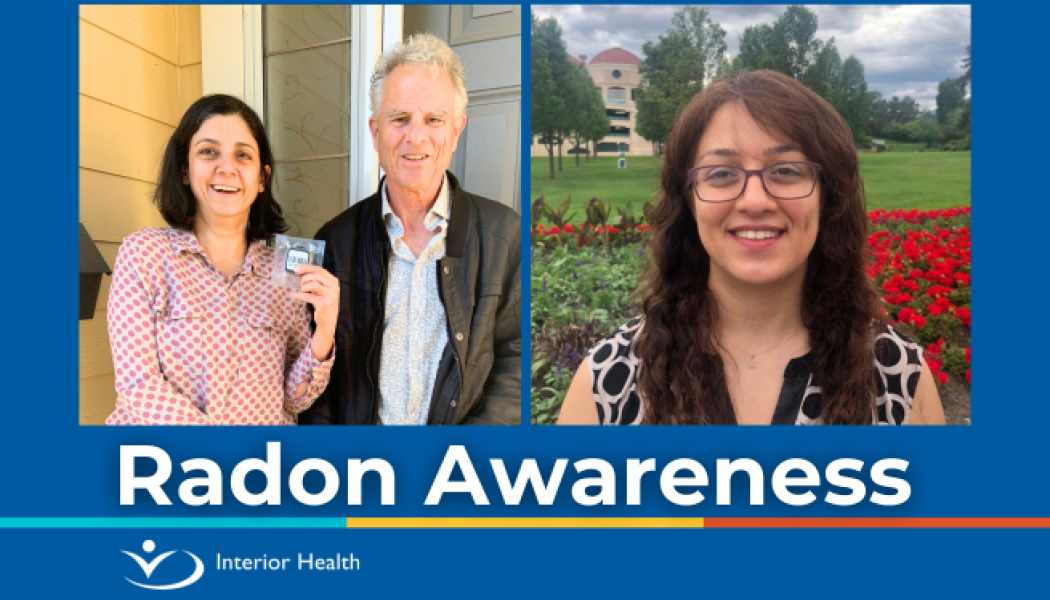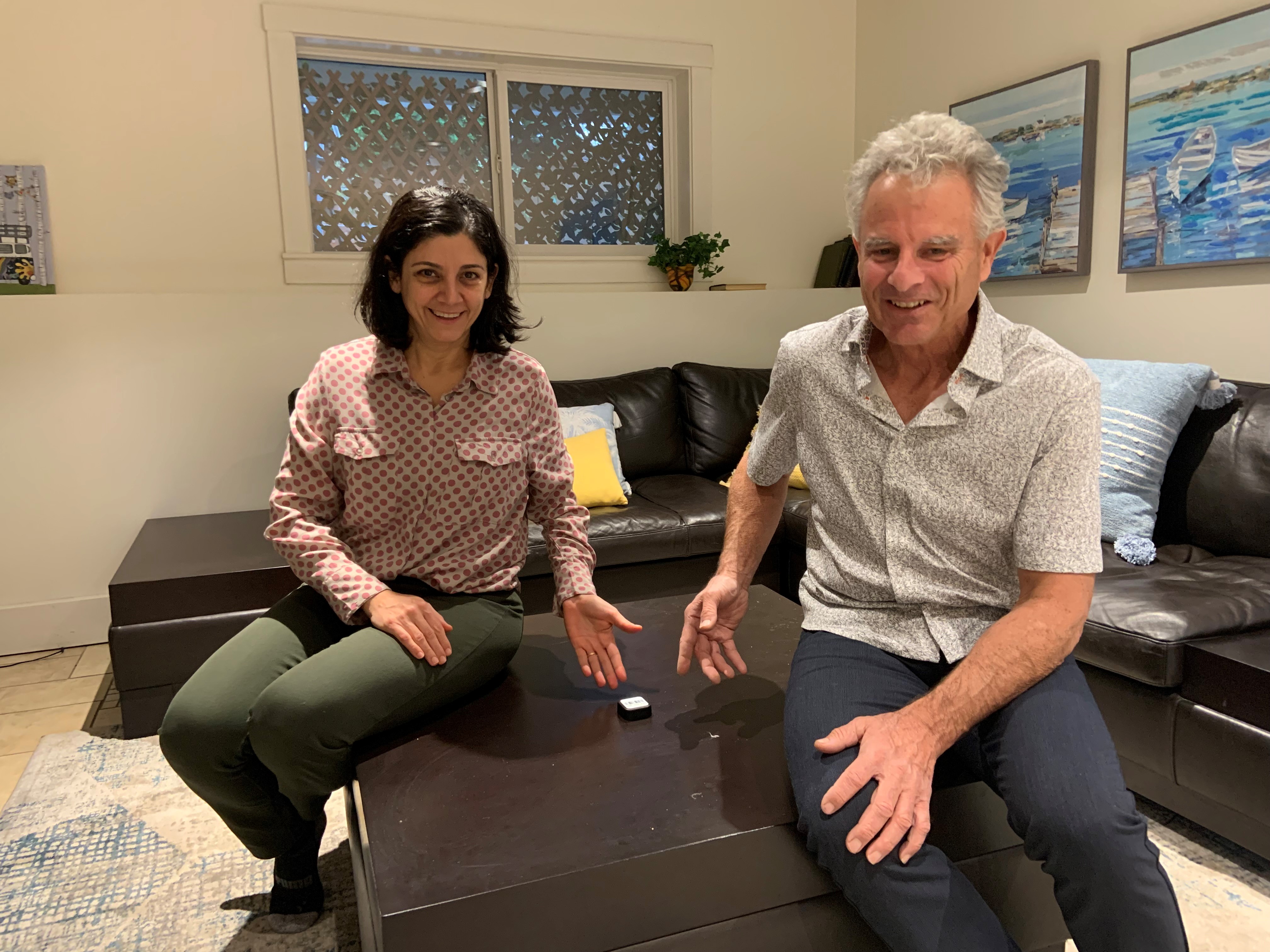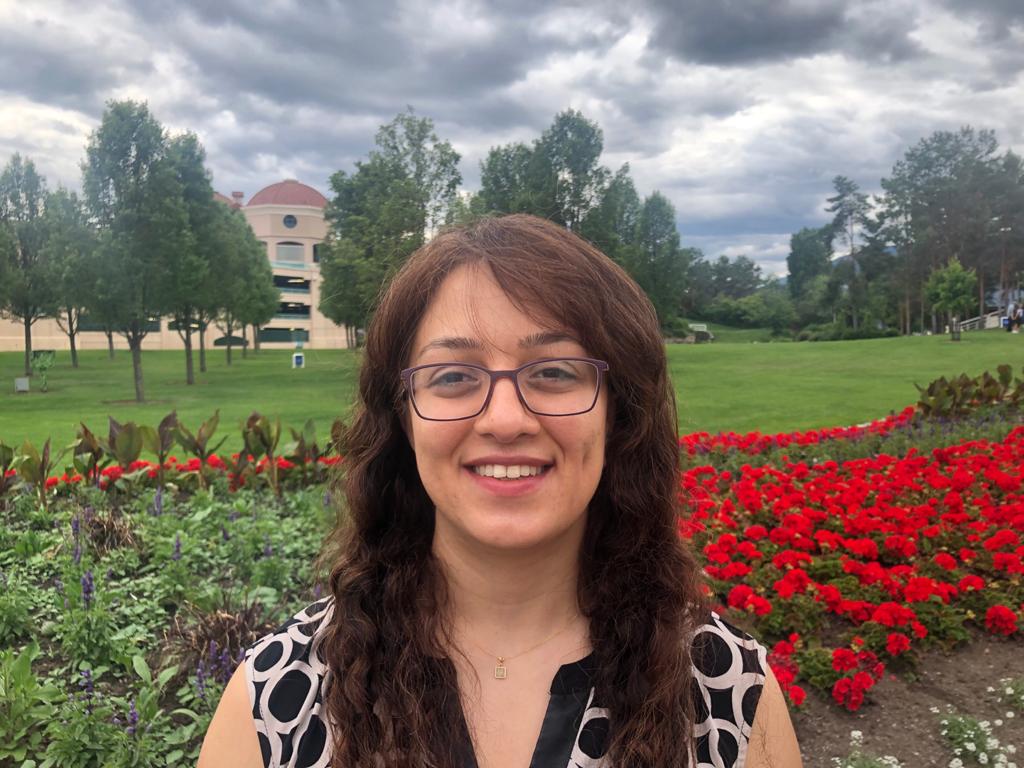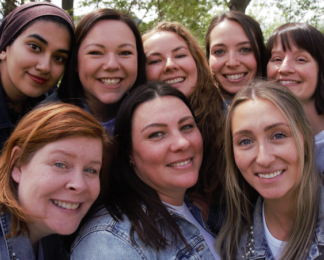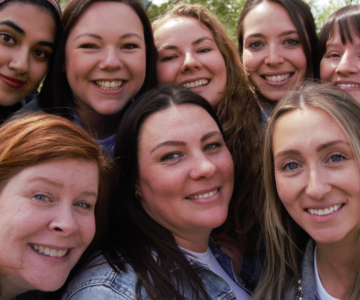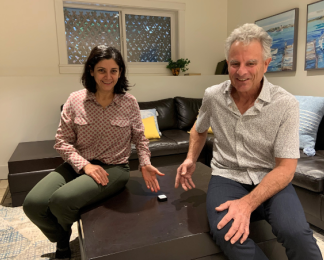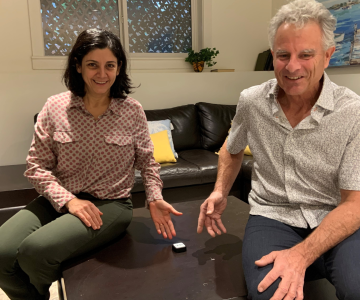You can’t see it, taste it or smell it, but radon gas is found everywhere in Canada. Caused by the natural breakdown of uranium in soil and rocks, radon dissipates outdoors but builds up indoors – in homes, workplaces, schools and leisure spaces.
Radon gas is radioactive, and is the second-leading cause of lung cancer after smoking. It’s also the most significant indoor air carcinogen for residents of homes in Canada. According to the BC Centre for Disease Control's radon map, an estimated 30 per cent of homes within the Interior Health region are above the Canadian guideline of 200 Becquerels/m3.
How do you know how much radon you have in your home? There’s only one way to find out: you have to test for it.
November is Radon Action Month in Canada. We want to introduce you to four people who are working hard to increase awareness of the risks of radon, and to promote testing, management and mitigation.
This week meet Dr. Silvina Mema, deputy chief medical health officer (MHO), and Dr. Fatemeh Sabet, medical health officer and IH’s school MHO. As medical health officers, Dr. Mema and Dr. Sabet, focus on disease and injury prevention, and health promotion. Both have been closely involved with IH’s Radon in Schools project.
This month we also featured Greg Baytalan, BSc, CPHI(C), specialist environmental health officer, and air quality and radon expert. We also introduced you to Nancy Mora Castro, regional air quality coordinator for the City of Kelowna.
